What are you listening to and WHY might anyone be interested? (Vol. XIII)
Posted by: Richard Dane on 01 January 2017
2017 has arrived today, so time to start this thread afresh.
Last year's thread can be found here;
Now Playing.......

Terje Rypdal - Melodic Warrior
Terje Rypdal (electric guitar), The Hilliard Ensemble: David James (countertenor), Rogers Covey-crump (tenor), Steven Harrod (tenor), Gordon Jones (baritone), Bruckner Orchester Linz: Dennis Russell Davies (conductor), Wroclaw Philharmonic Orchestra: Sebastian Perlowski (conductor)
Streaming on TIDAL...... ECM Records catalogue, the continued exploration....... Random Pick on a late Saturday Night
Note ECR Records website: Two large compositions constitute one of Terje Rypdal’s most adventurous albums. The title piece, a 45 minute epic, was commissioned by the Hilliard Ensemble and recorded at the Brucknerhaus Linz in 2003 with the British vocal group and the Bruckner Orchestra under Dennis Russell Davies. The Hilliards sing texts drawn from Native American poetry, from Chippewa, Navajo, Pima, and Papago sources, and Rypdal’s sustained electric guitar lines soar melodically and dramatically above the strings’ broad planes of sound. “And The Sky Was Coloured With Waterfalls And Angels”, meanwhile, documents the premiere of Terje’s op. 97. Composed in 2009, inspired by Cannes’ International Fireworks Festival and recorded with the Wroclaw Philharmonic, it is a darkly-expressive piece of, concentrated, explosive power.
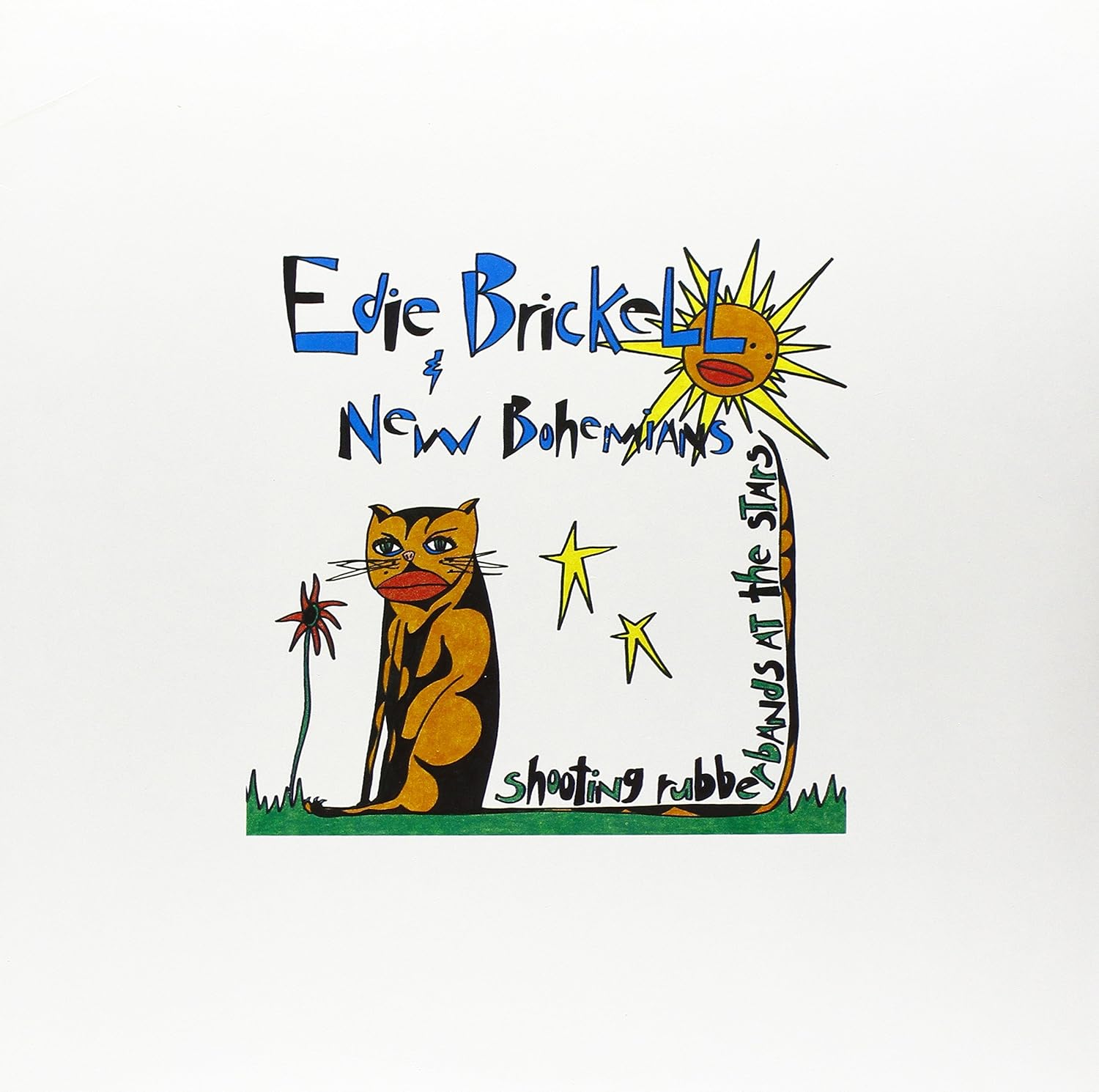
Eddie Brickell & The New Bohemians. Shooting Rubber Bands At The Stars. On vinyl from 1988. Continuing on with an all female vocalist themed listening session.
nigelb posted:Richard Morris posted:nigelb posted:Chris Stapleton - From A Room: Volume 2
The man has only gone and done it again. Another superb album following on from Volume 1. Great voice and great choons. Consistently high score on the belterometer! Love it.
I notice this one is available as a hi-res download. Time to hint unashamedly to the family about how much I rate this and what a wonderful Christmas gift it would make.
I'm not quite as keen as his many fans on this forum. The first track reminds me of the late great Jimmy La Fave who I much prefer.
@Richard Morris, I am intrigued by your reference to Jimmy LaFave. There are several of his albums on Tidal. I could just dive in but I wondered if, knowing of my liking of Chris Stapleton, you might recommend a couple of Jimmy's albums to start with.
(Tip - lose the gap between 'La' and 'Fave' for a successful search on Tidal).
Hi Nigel, you could try Cimarron Manifesto or Depending on the Distance.
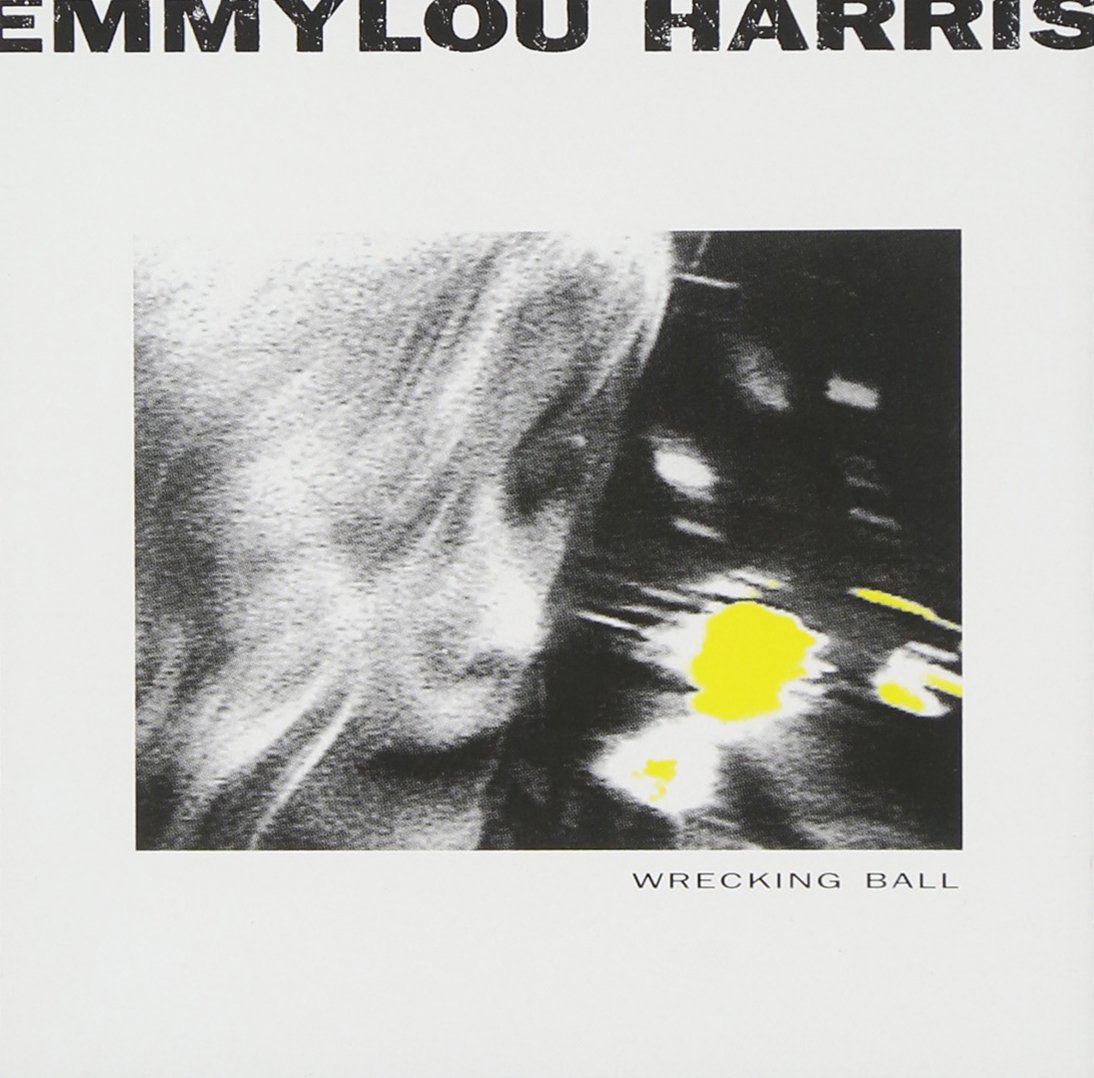
Emmylou Harris. Wrecking Ball. On HDCD from 1995. Continuing my all-female vocalist listening session tonight. First listen and I'm very impressed. An artistic and explorative album from Emmylou with an overall haunting sonic, yet not dark. Great cast of supporting musicians. As for the SQ, well this is an early HDCD mastering and it plays a bit "hot" in my room, especially with bass and kick drum which appear over-cooked with excessive compression. OTOH, Emmylou's vocals come across as favorably raw - quite immediately present in the room. A beautiful voice less adorned with production aftermaths than on other recordings of hers I own.
Matthias Vogt Trio - Easy morning listening (with Roger Cicero - who passed away too early)

MDS posted:
Enjoying my favourite Joni M album. Sex kills.....
An absolutely brilliant album; one which takes me back every time to where and when I first heard it.
But there's also Hejira...
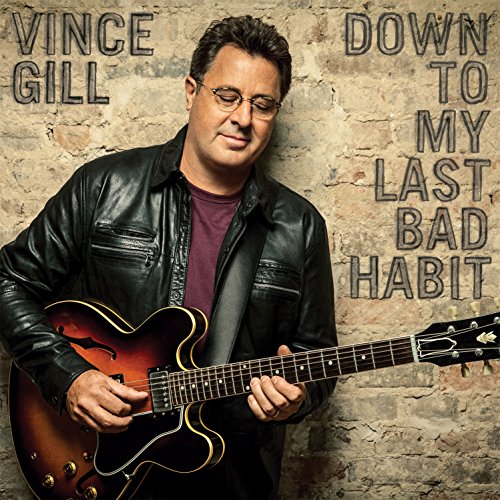
Richard you should try this album as well as the Jimmy LaFave's and if you like it then try his Guitar Slinger album.
This takes me back....

I had the Flat Top hairstyle as well, my mother hated it. I of course thought it was very cool.
Glenn Gould - Bach: Partita 5 & 6.
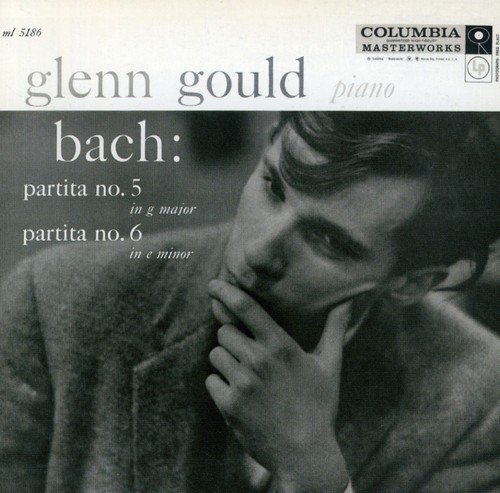
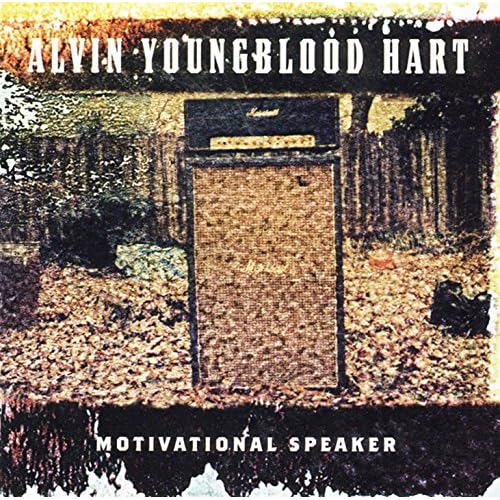
[@mention:1566878603872637] recommending Isabelle Faust's take of the Chaconne, so here we go:

I really like Isabelle Faust. There is a second volume of the Sonatas and Partitas, with Sonatas 1 and 2, and Partita 1.
I am aware, Nigel, and happy ! (Still listening...)
sjust posted:I am aware, Nigel, and happy ! (Still listening...)
I am a fan as well. This one for me represents with the other one a rawness and directness. The rounded variant I like is the version of Nathan Milstein..
Starting the Sunday in a very appropriate way...

All these little gems are immensely popular, of course. There are well over thirty recordings of Grieg’s Holberg Suite in the catalogues varying in quality from the excellent to the pretty dire. Bargain hunters are advised to purchase with care for there are some clinkers out there. A super bargain recommendation for the Holberg Suite coupled with Stenhammar’s attractive Serenade for Orchestra and Nielsen’s Little Suite, performed by the Norwegian Radio Orchestra under Ari Rasilainen is available on Warner Apex 0927 43075-2.
This new recording is something special. First of all the SACD sound is really splendid. The sound is warm and all the intricacy of Grieg’s multi-part string writing is clearly revealed; the sound stage perspective is exemplary. More importantly Ruud and his Bergen players clearly love their national repertory and these well-loved works sound as fresh as when you first heard them. They are played with warmth and commitment; the ensemble playing is immaculate, the phrasing beautifully expressive; the sweet sentimentality of so many of the little pieces never over-indulged, never allowed to become cloying; for instance, Ruud’s reading of Grieg’s Two Elegiac Melodies The Wounded Heart and Last Spring, the former gently sighs and sobs, and the melancholy yearning and nostalgia of the latter is lovingly shaped with no hint of the patronising.
The Holberg Suite was composed in 1884 to celebrate the 200th anniversary of the birth of Norwegian-born Danish poet Ludvig Holberg. Ruud realises all the grace and refinement of these exquisite little pieces written in the forms of baroque and rococo music to create a Holberg period atmosphere - yet still retaining Grieg’s essential style. He gives the opening Prelude spirit and attack and there is a real feeling of out-of-doors freshness and joie de vivre.
‘Norsk’ the first of the ‘Two Melodies’ contrasts the charm of a rustic folkdance/march with more intimate lyrical material while ‘The First Meeting’ is a shy and tentative romance again very sensitively realised. The Two Nordic Melodies begin a little more darkly for ‘Popular Song’ with its shadowy lower string introduction and melancholy violin song that seems to intimate some sorely-felt loss before the tempo quickens and grief slackens to acceptance. The multi-part string writing here is most effective – at one point there is an impression of cross-rhythmic zephyr breezes. The more popular of the Two Nordic Melodies ‘Cow Keeper’s’ Tune and ‘Country Dance’ begins as a lullaby, one of Grieg’s loveliest tunes while the well-known ‘Country Dance’ is a sheer exuberant delight here.
The Two Lyric Pieces begin evocatively with ‘Evening in the Mountains’, this time oboe soloist Rainer Gibbons joining the strings to lend a lonely voice – perhaps that of a shepherd or cattle herdsman, up on the mountains - before the strings in elegiac mood pay homage to departing day. ‘At the Cradle’ ends the concert with another sweet, wistful lullaby
Grieg was a pianist not a string player so his accomplishments in this genre are all the more impressive. By the way, Grieg’s brother was a skilled cellist who helped him develop his string writing.
I must mention the excellent notes by Sigvald Tveit who concentrates on Grieg’s string-writing technique. Quoting Tveit, “Grieg writes for strings in an extremely detailed and carefully worked manner. This applies, too, to the dynamic markings. For example, he can move from fff to ppp in the course of a couple of bars. There are numerous different but typical instructions for string players such as sul ponticello (direction to the player to take the bow as near as possible to the bridge to produce a rather metallic but mysterious sound-effect), tremolo and bow-change on the same note. And he consciously uses open strings as a way of colouring the sound.”
Lovely, warm, sensitive performances of favourite Grieg pieces in superior SACD sound.
Ian Lace
Read more: http://www.musicweb-internatio...91.htm#ixzz51Vm40ri1
Clive B posted:MDS posted:
Enjoying my favourite Joni M album. Sex kills.....
An absolutely brilliant album; one which takes me back every time to where and when I first heard it.
But there's also Hejira...
Yes, Clive, I very much like Hejira too.
M
Stefan’s post above has got me playing this, the ‘other one’.

Grabs you immediately in weight...

The Sleeping Beauty is frequently cut, but according to the excellent sleeve-notes, this recording is absolutely complete. It includes, for example, the aristocratic dances in the 1st Tableau of Act 2 and the dance of the Sapphire Fairy, the Pas Berrichon and the Sarabande in Act 3. Stravinsky declared The Sleeping Beauty to be Tchaikovsky's chef d'oeuvre and he was not far wrong, for it demonstrates many of the composer's best musical characteristics: it is tuneful, dramatic, skilfully orchestrated and never dull. The composer himself was 'charmed and delighted beyond all description' by the scenario. 'It suits me perfectly and I ask for nothing more than to set it to music.' When, after just a few weeks, he had finished the composition, he wrote to his patron, Nadezhda von Meck: 'I think, my dear friend, that the music of this ballet will comprise one of my best works'. He did have trouble with the scoring but that was because he wished to use new instrumental combinations. This splendid recording makes it obvious that he, for example, replaces the harp with the piano as an obbligato instrument in the final act. It is sad that his first audience was unimpressed, the Tsar apparently remarked that it was 'very nice' and then haughtily dismissed the composer from his presence! We can relax because this is far more than very nice - it is a superb rendering. Neeme Järvi seems never to put a foot wrong and the Bergen orchestra impresses as much, conducted by him, as it does under its principal conductor Andrew Litton in his many recordings for BIS. The producers have pulled out all the stops and engaged no less a violinist than James Ehnes to play the important violin solos, a strikingly indulgent decision which pays dividends because Ehnes' outstanding technique makes these sections truly memorable. The Grieghallen is obviously a lovely venue because the 5.0 MCH recording has a high degree of reality, not a description I often feel able to use.
Tchaikovsky's score is unusually coherent for a ballet. Of the huge number of compositions to which choreographers regularly work, Tchaikovsky's belong, along with those of Prokofiev and Stravinsky, in the group of musically important creations which succeed in the concert hall as much as in the theatre. For many years my personal reaction to The Sleeping Beauty was somewhat muted. I have a performance by the LSO and André Previn recorded by EMI in 1974 and I have never enjoyed it as much as Swan Lake or The Nutcracker. Spending time with this new Chandos set has quite revised my opinion. The sense of dramatic structure and urgent forward motion is captivating. One is even propelled through the rather anti-climactic final act, where there is really no significant action. On stage Act 3 is really just 47 minutes of balletic bravura, properly a Divertissement, but Järvi and the Bergen band continue to treat the score seriously. As Tchaikovsky himself believed, he composed some of his very best music for this ballet, worthy to stand with the Fantasy Overture - Romeo and Juliet, Manfred and the Fifth Symphony. David Nice's sleeve-notes are right to emphasise the importance of the complete score as a significant dramatic masterpiece.
Dave Billinge
Nick Barnard has also listened to this disc with mixed feelings:
Perhaps I am just not attuned to Neeme Järvi’s objective approach to Tchaikovsky these days. Having been far less than engaged by his Symphony cycle in Gothenburg on BIS I had high hopes for this new recording of The Sleeping Beauty in Bergen. After all, his discs of Halvorsen and Svendsen with the same artistic and creative team have shown him to be back to his masterly best. Likewise, the Bergen Philharmonic are proving to be one of the most recorded and consistently fine of the Scandinavian orchestras currently. Discs for BIS – stunning Grieg and Stravinsky and Gershwin, Hyperion – very fine Messiaen and the aforementioned Chandos discs show this to be a top class ensemble. Add the exceptional James Ehnes – luxury casting bringing him in for the three virtuosic violin solos – and I fully expected this to be all but a shoe-in for a favourite version of a much loved work. Instead, time and again I found myself impressed by the sheer quality of the playing and hugely disappointed by the interpretation.
A few preliminaries before trying to get to grips with quite why this set has left me so cold. The Sleeping Beauty is a big work. David Nice’s characteristically fine liner-note, makes the point that rarely is the entire score presented theatrically. This is because in performance it lasts over three exhausting hours for both dancers and musicians and the technical demands onstage and in the pit are equally immense. If completeness on the stage is hard to achieve it seems much more of a loss to cut any of Tchaikovsky’s miraculous score in the recording studio. In turn this presents recording companies with a dilemma – for the vast majority of performances a complete version goes over the 160 minute limit of a pair of compact discs but using a third seems profligate. The trade-off often chosen is judicious cutting of the score. Hence the excellent Previn/LSO and also the impressive Lanchbery/Philharmonia sets both on EMI and the famous Dorati/Concertgebouw Phillips sets are squeezed onto a bargain pair of discs with certain movements cut. Dorati’s magnificent version was originally released in a ‘full’ 3 disc version. Bonynge with the National PO on Decca get around this by putting the three great Tchaikovsky ballets into a 6-disc box with Sleeping Beauty using up the ‘spare’ room on the second disc of The Nutcracker. Svetlanov in his characteristically no-holds-barred set with his beloved USSR SO is on three discs. Which leaves, aside from this new set, only one other I know that manages to accommodate the entire score uncut onto a pair of discs – Pletnev with the Russian National Orchestra on DG. I must admit my reaction to that much-praised set is not as wonder-filled as some; but at its best it is very fine. Not entirely unlinked to a question of pace is that of conceptual approach. There are two basic approaches to this score – the symphonic and the balletic. The former emphasises the extraordinary musical structure Tchaikovsky imposed on the work with use of linking themes and keys. Quite often this favours a more thrustingly dynamic, fluid approach to tempo which would not help dancers in the theatre. The balletic line often produces more measured results which can be seen as underplaying the extremes of Tchaikovsky’s emotional writing. Not surprisingly, John Lanchbery of the conductors mentioned above is a past-master of the latter style but he proves beyond doubt that this score can be both balletic and exciting. In this he is helped by a full-throated Philharmonia and an exciting but slightly harsh early digital recording. If only he had recorded the complete score it would be a very serious contender.
I do not intend to go through the score with a stopwatch – with a work of such length and so many movements any performance will be a patchwork of ‘slower-than’ and ‘faster-than’ sequences. Järvi earned his spurs with a reputation for full-blooded interpretations so it would be surprising if more of the same were not present here. Indeed, many of the faster character dances and Scenes benefit from just such an approach. For me where he fails without exception is by not allowing the slower music any repose. Tchaikovsky’s miraculous melodic gift needs space into which it can expand. Take the very opening – a thrilling call to arms as exciting as any in the entire Classical Ballet repertoire – Järvi is everything you could wish but by the Andantino, less than a minute in, where is the pained rapture, the gentle ecstasy of yet another of Tchaikovsky’s great melodies? Järvi’s tempo is prosaic, the phrasing mundane. It is that juxtaposition of the energetic to the ecstatic that time and again in this score ratchets the emotional temperature ever higher. It must be reiterated that the Bergen players are fully able to deal with every challenge Järvi and Tchaikovsky throw at them. Indeed the clarity and precision of the wind and string playing is a delight. Listen to the closing Finale and Apotheosis – really awkward passage-work for the strings dispatched with ease and accuracy. Yet for all the precision I feel the playing lacks coherent direction; too often musical phrases are allowed to follow a basic contour without having a real character imposed on them.
The great Rose Adagio is a major disappointment – the main section is marked Adagio maestoso – to my mind, and it would seem just about all of the other interpreters mentioned above, this implies a pulse of the six quaver/eighth notes per bar. This puts huge technical demands on both players and dancers to sustain this glorious music. Järvi conducts in an almost lilting 2-feel, much easier to perform for sure but the rapture is wholly absent. Another curio in this movement. The harp solos on this recording are played by Johannes Wik. They are superbly played and very well recorded … but he doesn’t always play what I have in my score. I have the 2 volume Moscow State Publishers edition of this score which all of the other conductors follow too it seems. Svetlanov’s harpist also uses a different cadenza before the Rose Adagio. There might well be some performing tradition or precedence that Wik is following but in the context here [and also before No.15 Pas d’Action in Act II] I find it out of place to perform something that Tchaikovsky did not write – and if you must depart from the text it would be good to know why. Especially since Wik’s cadenza is stylistically quite different from the music surrounding it – there is a feel of a Debussian arabesque rather than a Tchaikovsky fairy-tale. The deeper into the score we go and to my ear a general pattern emerges. Järvi seems more at ease in the dramatic scene-setting sequences; the casting of the spell and the creation of the thorn forest and also the numerous dances especially in the closing Act – especially the fairy and Pantomime character dances. There’s a wonderfully swaggering Polacca in Act III [track 11 CD 2] that embodies Järvi at his flashing-eyed best. Conversely, many of the short bonne-bouche variations and dances fail to smile or charm. For example; Canari qui chante [Var.IV of the Act 1 Pas de Six –CD1 track 9] is sped through as a piccolo exercise with all of the subtlety of the orchestration lost.
As such, that is not a problem since with so many short sections – there are 65 tracks across the two CDs - there will always be moments that appeal more than others. However the work’s beating heart lies in the great adagios and here Järvi seems unwilling to embrace their emotional potential to the maximum. Take the Pas de Deux [track 29 CD 2] – one cannot fault the playing or engineering but where is the cathartic release when the melody returns sung by the unison violins around the three minute mark? In isolation, because this is well achieved technically it all sounds perfectly good. When compared to any of the above versions it is lacking – even Dorati who alone among the versions mentioned above is significantly quicker than here. There is another facet of Tchaikovsky’s compositional style which can be judged a strength or weakness depending upon your point of view. In all his works, but especially the ballets, there are extended passages of musical/sequential “filling”. This is where a simple motif or chord sequence is often elaborated by repetition and movement through keys. In the stage works this was often due to the practical necessity of getting a lot of people on or off stage or changing a scene. My belief is that part of Tchaikovsky’s genius was to take such potentially unappealing sequences and generate real drama from the slow-burn build-up of musical tension until the point of tumultuous arrival. In the right hands these sequences of sequences are deliciously anticipatory – in others its just padding. To often this performance smacks of the latter.
A mention here for the two featured soloists – violinist James Ehnes and cellist Robert DeMaine. Ehnes is every bit as fine as one would expect of one of the great violinists of the age. Indeed, if I were to suggest a reason to hear this version it would be to hear Ehnes’ contribution – but given that this amounts to less than ten minutes time “on-stage” in a 155 minute work that would represent a very specialist purchase. Robert DeMaine plays his solo – the Act II Pas d’Action previously mentioned – very well too and both soloists benefit from a nicely natural recorded perspective. Which brings me back to the conclusion that Järvi has chosen to move away from the heart-on-sleeve style of some years back which in many ways made his reputation as a conductor. He seems now to favour a fleet dry-eyed approach. A conductor of his skill and experience chooses with extraordinary care exactly how his interpretations are crafted. If this sounds fleet [not just fast] and emotionally under-engaged then that must be how he now feels the score works best. Perhaps I am too used to a more emotional interpretation but if that is the case it is because all of the other versions I know and love of this masterly score favour that approach too.
The Chandos recording is one of their hybrid Super Audio CDs recorded in 24 bit 5.0 channel surround sound. I listened in the standard format and fine though it is my suspicion is that it would sound better in the surround format. For all its stated compatibility my suspicion is that the engineering is optimised for the surround format and that in standard stereo it lacks the last degree of bite and detail such discs used to have in two-channel only days. That being said it copes extremely well with the complexities of Tchaikovsky’s fullest score. The orchestral piano writing and the addition of cornets as well as trumpets to an already full romantic orchestra causes the Chandos production team no headaches at all. Listen to how comfortably the closing Apotheosis expands from a rather muted opening to a rafter-shaking conclusion – again impressive until direct musical comparisons are made – Previn’s LSO swaggeringly opulent here to far greater effect. If I miss anything at all it is the sense that the players really are giving their all at one or two key climaxes in the work. For sure too many fffs rather pall after a while but conversely any sense of something left in the tank emotionally or dynamically in music like this is equally wrong – Tchaikovsky is nothing if not all passion spent.
The set is neatly presented in a slim double case enclosed in a cardboard sleeve with the slightly fatter than usual liner booklet accommodated by the sleeve. As mentioned the liner benefits greatly from an interesting note and detailed movement by movement synopsis from David Nice. The rest of the booklet is in the standard Chandos format – three languages, biographies and some artist photographs. Chandos are intending to release all three of the Tchaikovsky ballets using this group of performers but I am not sure this current issue adds greatly to our knowledge and appreciation of this great work – finer and more engaging versions exist elsewhere.
Nick Barnard
Read more: http://www.musicweb-internatio...13.htm#ixzz51W0iw47F
Keith Jarrett - At the Blue Note
Listening to disc 6.
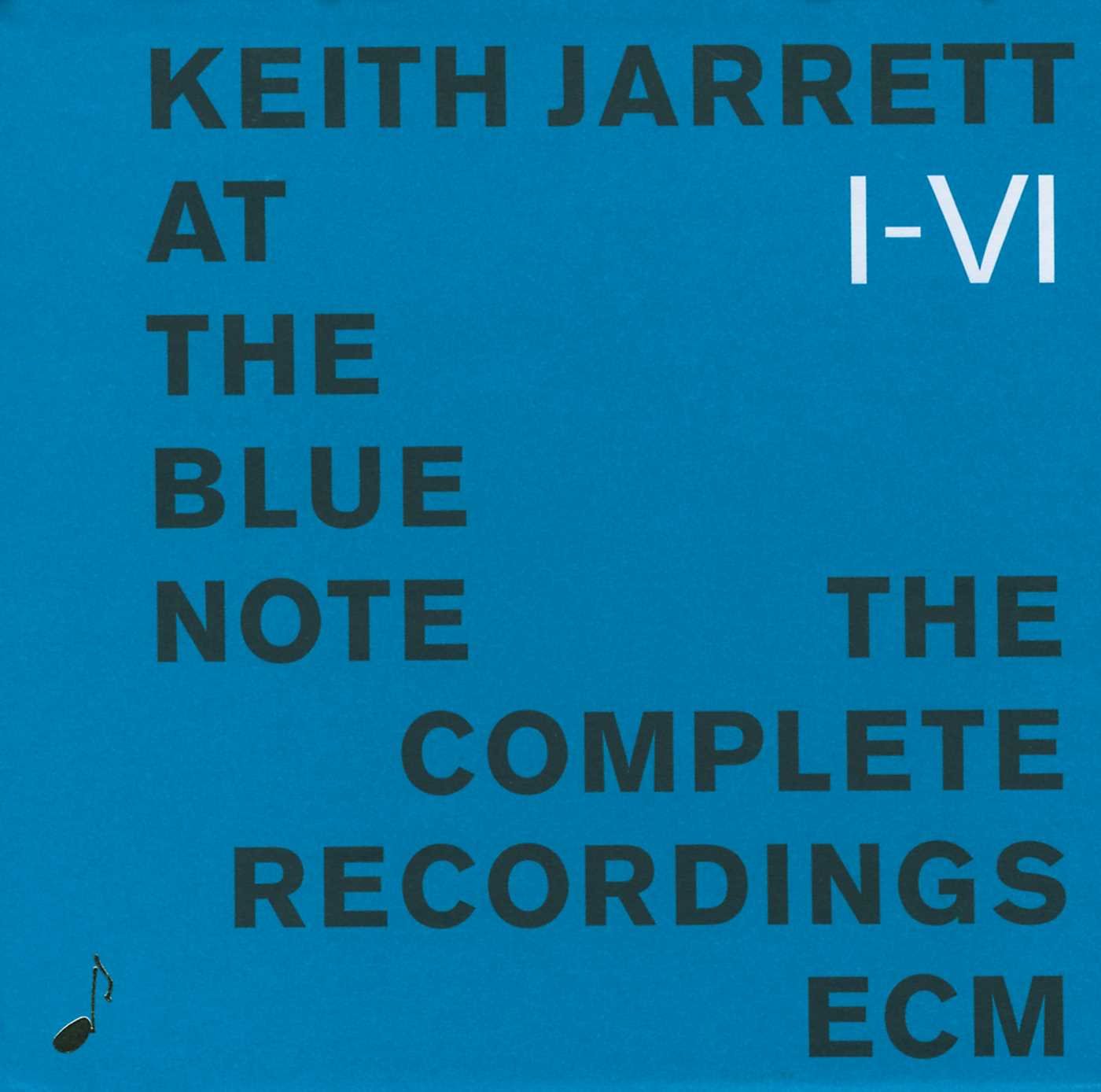
joerand posted:
Emmylou Harris. Wrecking Ball. On HDCD from 1995. Continuing my all-female vocalist listening session tonight. First listen and I'm very impressed. An artistic and explorative album from Emmylou with an overall haunting sonic, yet not dark. Great cast of supporting musicians. As for the SQ, well this is an early HDCD mastering and it plays a bit "hot" in my room, especially with bass and kick drum which appear over-cooked with excessive compression. OTOH, Emmylou's vocals come across as favorably raw - quite immediately present in the room. A beautiful voice less adorned with production aftermaths than on other recordings of hers I own.
OK, five hours later maybe, but I think I'll join you on this one. I haven't played this for ages, so it's like a rediscovery for me. Beautiful voice, which I think has improved with the years.
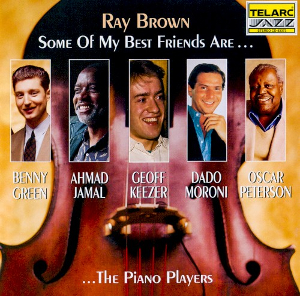
OK, I’m playing the ‘...Are Guitarists’ set. It really is magnificent and well worth tracking down.
Superb Telarc recording too.
G
Early Christmas present, I love the purity and simplicity of this lady’s music, first play but it seems to be up to her usual standard
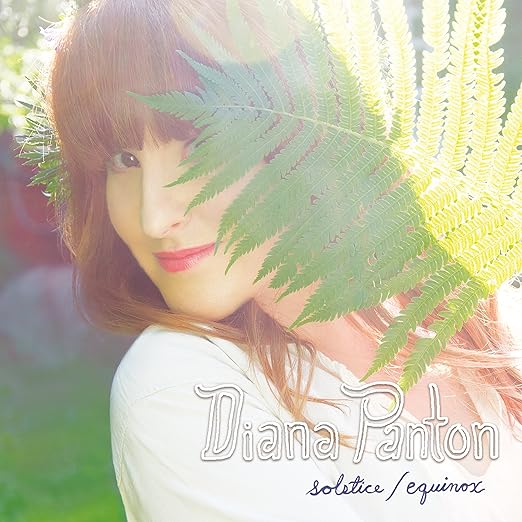
An album i've had for a while but not listened to properly yet ![]()
First on this wet afternoon playlist is ...
Lucinda Williams - Car Wheels On A Gravel Road

ECM-less
My therapist could not recognize me lately, finding my disposition so much more relaxed and adventurous, noticing also that I had stopped carrying the large magnifying lens and tweezers. He wasn't able to put his finger on the cause for this major improvement in my state of mind until I mentioned that in the last month I have been taking a complete break from ECM recordings..
Starting the morning with Bottesini's ravishing Grand Duo:

Freddie King - My feeling for the blues



